Urban mobility has undergone a remarkable transformation in recent years, with innovative alternatives to traditional transportation methods becoming increasingly prevalent. As city dwellers seek more efficient, eco-friendly and convenient ways to navigate busy streets, two prominent contenders have emerged: electric scooters and e-bikes. In this article, we explore the realm of scooters and e-bikes, examining their performance, sustainability, cost-efficiency and overall attractiveness.
-
Performance and Speed:
E-bikes, like scooters, are powered by electricity but differ in the speed at which they can be ridden and the occasions for which they can be used. For example, scooters are designed to reach speeds of up to 22miles/h, while e-bikes have a more comprehensive range of speeds of up to 30miles/h or more (note that there are restrictions on riding speeds in some countries and regions). The increased speed is an advantage over conventional bikes. Both e-bikes and scooters can help you get through heavy traffic quickly. But a high-performance motor and a high-capacity battery pack can make an e-bike more robust, adaptable to more riding surfaces and able to keep up effectively with the traffic flow.

-
Fuel Efficiency and Range:
Both electric scooters and e-bikes are practical tools for travel, but they are suited to different types of situations. Electric scooters are primarily used for leisure and entertainment and are not commonly used for commuting or shopping. They are especially popular on college campuses, where they are practical for short journeys between classes. On the other hand, e-bikes have a larger battery capacity, allowing them to travel longer distances on a single charge. Additionally, the pedal assist mode function reduces electricity consumption. This makes e-bikes a convenient means of transportation for daily activities such as commuting and shopping, as well as for longer exploratory trips.
Both electric bikes (ebikes) and e-scooters are powered by electricity and contribute to promoting environmental sustainability. However, ebikes have a greater advantage in terms of efficiency. Using an ebike allows you to travel faster and enjoy a more reliable battery life. By utilizing the pedaling assistance of an ebike, you can efficiently use the power cycle to cover longer distances. This makes ebikes a greener mode of transportation.
-
Cost of Ownership:
The cost is an essential consideration for many riders when making a purchase. Electric scooters typically offer excellent quality for a price under $1000, while the price range for electric bikes is more variable, since they can be more expensive to manufacture, with quality electric bikes ranging from $1000 to $4000. It's worth noting that higher quality products are available for each type of vehicle, but when comparing price ranges, an electric scooter at the same price will generally have a higher quality configuration than an electric bike.
-
Convenience and Portability:
Both electric bikes (e-bikes) and electric scooters (e-scooters) provide greater convenience than cars, particularly regarding storage, parking and mobility. E-bikes are pedal-assisted vehicles that can be ridden in designated lanes, and their compact design allows them to navigate through congested traffic and roadways easily. An e-bike can be parked on the side of the road without needing a designated parking spot, although anti-theft precautions should be taken. Some e-bikes are even designed to be foldable for more accessible storage. Conversely, electric scooters offer even more advantages in terms of storage. Most scooters are designed to be foldable, allowing the rider to carry them by hand easily, and they take up less space when folded for storage. However, e-bikes can be heavier due to the components they have, requiring a certain amount of strength to move them around.

Road regulations for electric bikes (e-bikes) and electric scooters (e-scooters) are crucial laws that consumers should be aware of before buying. As the popularity of e-bikes continues to increase, the definition of e-bikes becomes more stringent in each country. For instance, in the EU, e-bikes are defined as pedal-assisted bicycles with a maximum speed limit of 25km/h for road usage and riders must be at least 14 years old. In certain parts of the US, riders must wear helmets when riding on the road. Regulations for e-scooters, on the other hand, tend to be less restrictive, providing riders with more flexibility to use them on the road.
-
Rider Experience and Comfort:
The riding experience plays an important role in influencing consumers' purchasing decisions. Both e-bikes and e-scooters offer distinct riding experiences. E-bikes provide a better riding experience for most riders due to their similar frame structure to bicycles. Riders can sit comfortably and pedal to move forward. In comparison, riding an e-scooter requires maintaining an upright position, like on a skateboard, to move forward which may be less comfortable for extended periods.
E-bikes are equipped with electric motors powered by electricity, allowing them to reach higher speeds and provide a similar experience to riding a motorcycle. This is a tempting attraction for some speed enthusiasts. On the other hand, electric scooters offer greater portability, allowing you to easily navigate through traffic and crowds and giving you more freedom. They are not limited in terms of where they can pass through. Having said that, e-bikes have an advantage with their stable frame structure when it comes to comfort. Most e-bikes come with a shock-absorbing system which helps to alleviate any discomfort from bumps in the road. In contrast, e-scooters can only maneuver around more considerable obstacles on the road, and riding over them can challenge the rider’s balance and put them in danger.
-
Safety Features:
Safety is paramount when it comes to using electric mobility tools. One crucial safety aspect is the braking system which ensures safe driving. Various types of braking systems are available for e-bikes, including hydraulic and mechanical braking systems. Hydraulic braking systems provide more consistent braking performance and reduce skidding distance. In this regard, scooters are equipped with brake handles and hydraulic brakes that allow for quick reactions. As a result, the operational principles of the braking systems are similar. However, due to their design, e-bikes typically have a more stable frame. At the same time, scooters require a certain level of balance to maneuver and maintain stability while riding and braking effectively.
Electric scooters often lack headlights, taillights, warning horns and rear-view mirrors due to their simple frame design. In contrast, e-bikes typically come equipped with these essential features. In dim riding environments, the lighting of an e-bike enhances road visibility, securing safety. Horns serve to alert surrounding vehicles and pedestrians, while mirrors facilitate easier observation of oncoming traffic from the rear, promoting better traffic flow.
In addition to the structural design of e-bikes and scooters, which affects their safety, riders also vary in their awareness of the necessary safety measures associated with using these vehicles. Scooters are typically seen as more of a recreational mode of transportation, so riders may not prioritize safety as much. They may neglect to wear protective gear, increasing their chances of getting injured in the case of an accident. However, with the growing popularity of biking and the implementation of improved laws, riders of e-bikes are more likely to take safety precautions and be more cautious while riding. This reduces the likelihood of encountering hazards on the road.

-
Maintenance
Regular maintenance is crucial to prolonging the lifespan of your vehicle. In general, e-bikes need more frequent maintenance compared to e-scooters. E-bikes have more upkeep aspects, such as regular replacement of brake pads, motor maintenance and suspension maintenance. Conversely, e-scooters typically only require simple maintenance of the brake function and checking tire pressure. Even so, if you encounter more complex maintenance issues, electric bicycles have an advantage as they can be repaired more quickly due to their similar frame structure to regular bicycles. Electric scooter repair shops are not common and sometimes the vehicle must be sent back to the manufacturer for repairs which leads to longer repair cycles.
Ebike Vs e-scooter
|
|
e-scooter |
|
|
Price |
Higher |
Cheaper |
|
Comfort |
More comfortable |
Less comfortable |
|
Maintenance |
Frequent and higher cost |
Less maintenance cost |
|
Eco-friendly |
More eco-friendly |
Eco-friendly |
|
Practicality |
More riding scenarios |
Suitable for paved road |
|
Safety |
Safe |
Require better balance |
|
Regulation |
Stricter |
Less limitation |
|
Portability |
Less portable |
More portable |
|
Efficiency |
Reliable range and long trip |
Short trip |
Conclusion
Both e-bikes and e-scooters have their advantages and disadvantages. To make the right choice, you should consider your specific usage scenarios. An electric scooter may be the better option if you want to improve your traveling efficiency. Its compact frame structure offers more significant advantages in terms of storage convenience. Despite that, remember that electric scooters have a shorter range than electric bicycles, so they are more suitable for short-term trips.
In comparison, e-bikes are more inclusive and have pedal-assist modes for those who want to work out. They are also a good option for riders who have trouble traveling. E-bikes can be used for both short-term trips and long-distance exploration. If you are looking for a more functional and versatile model that is not limited by the terrain you are riding on, an electric assist bike would be more suitable.

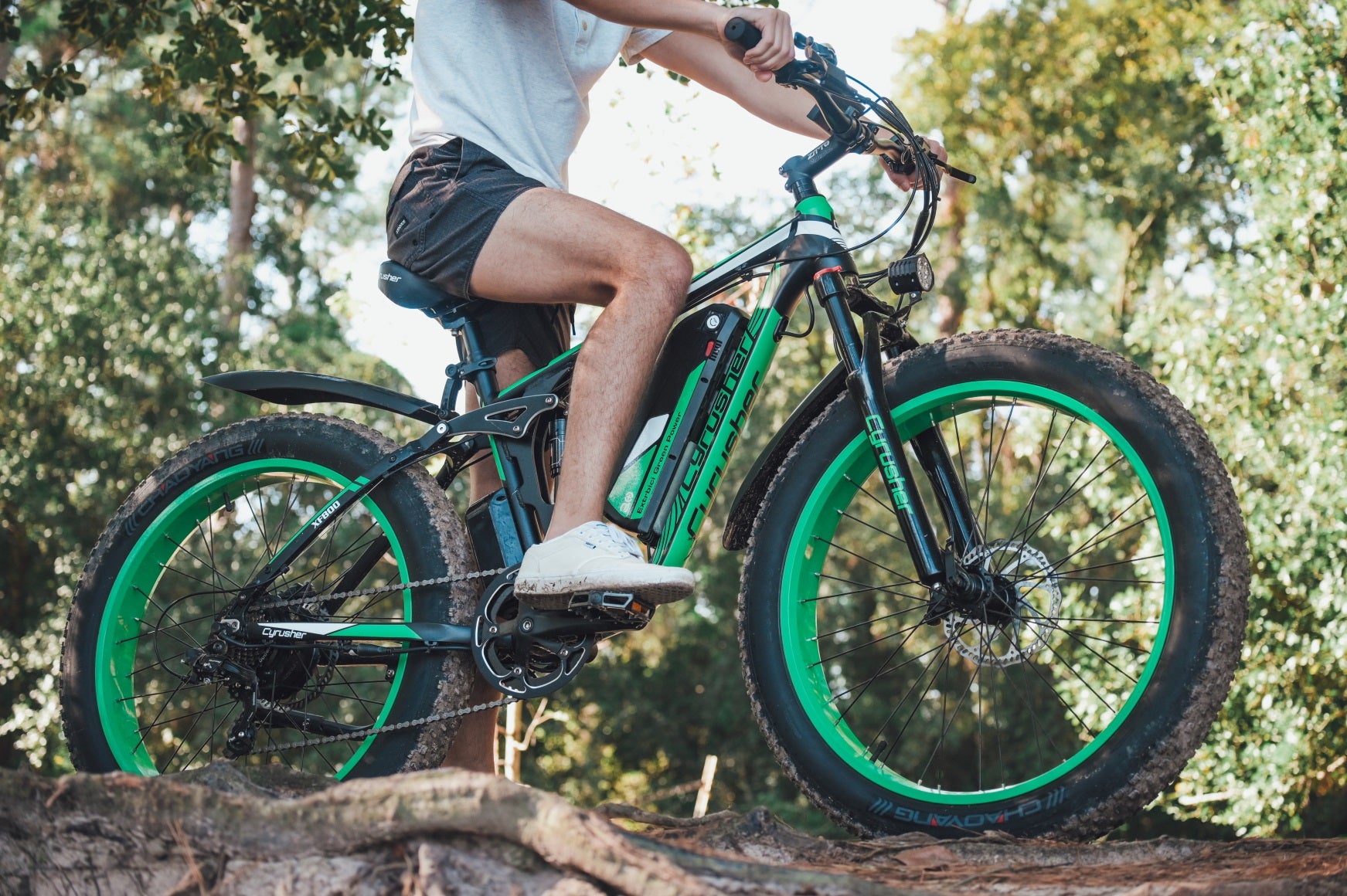

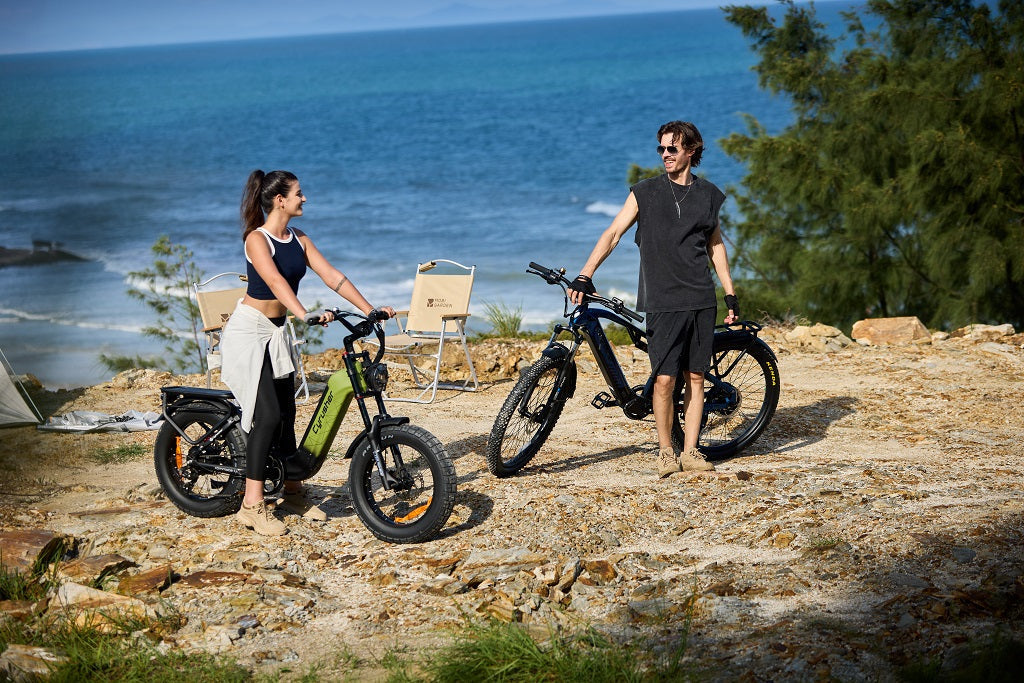

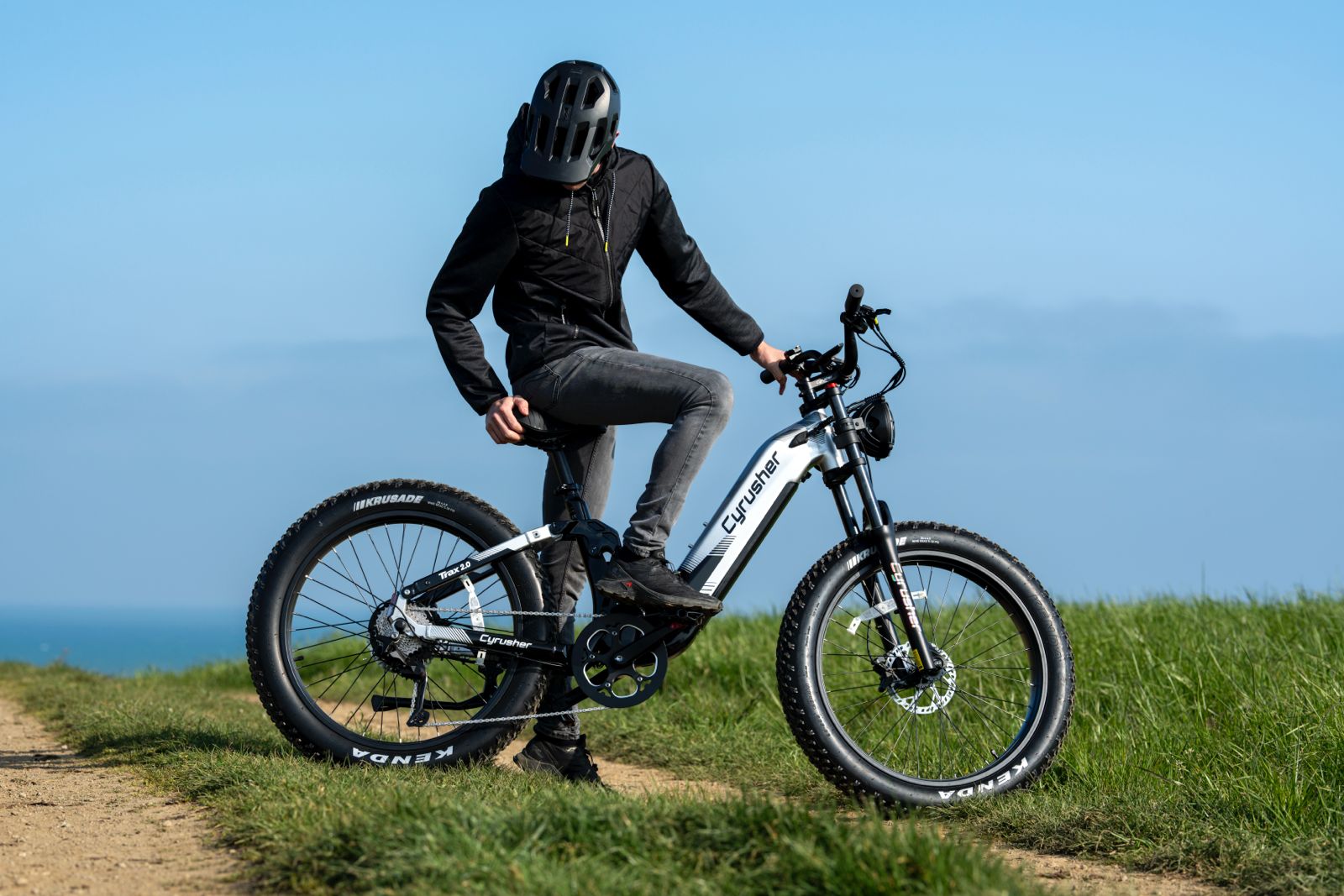

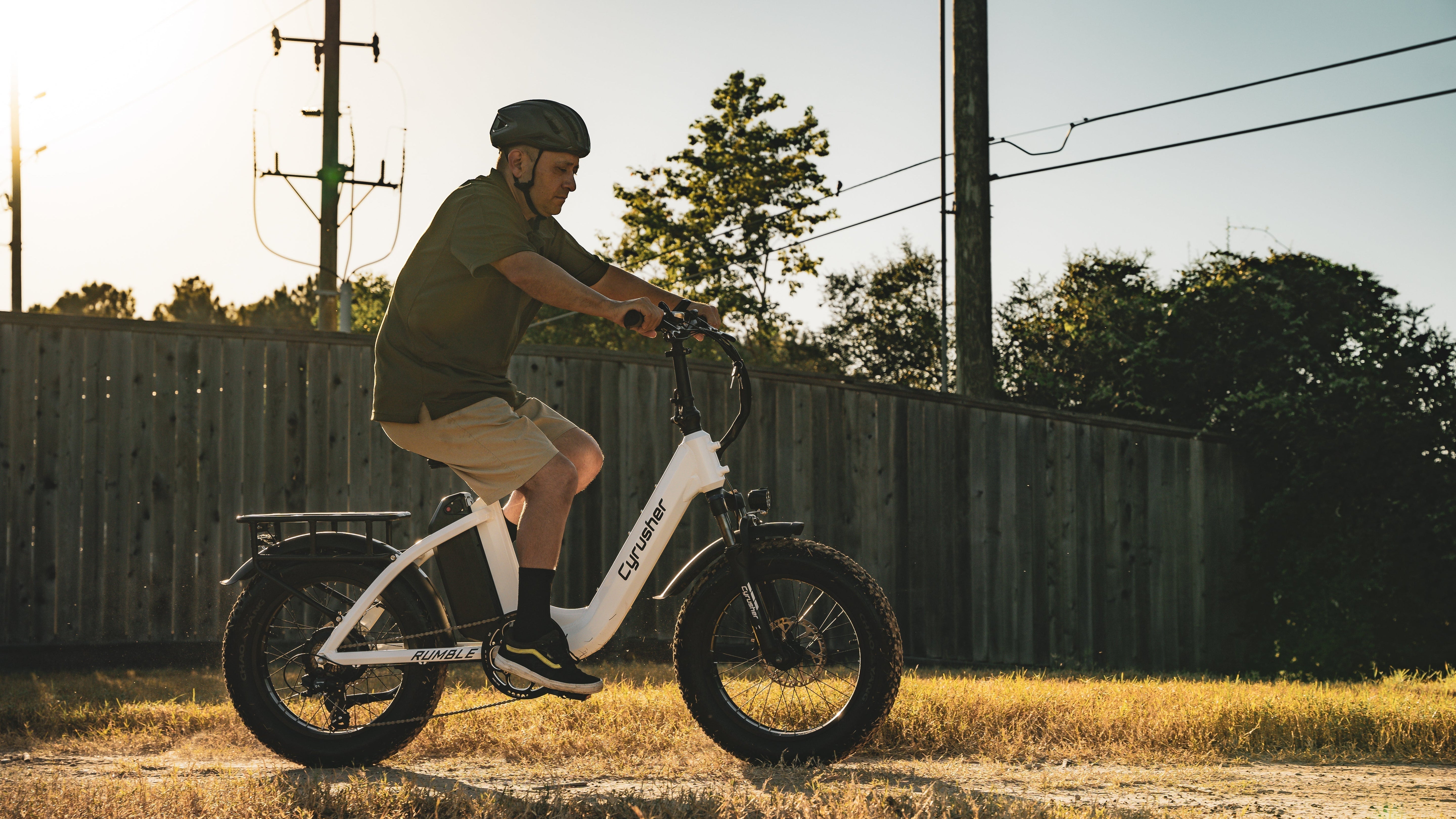

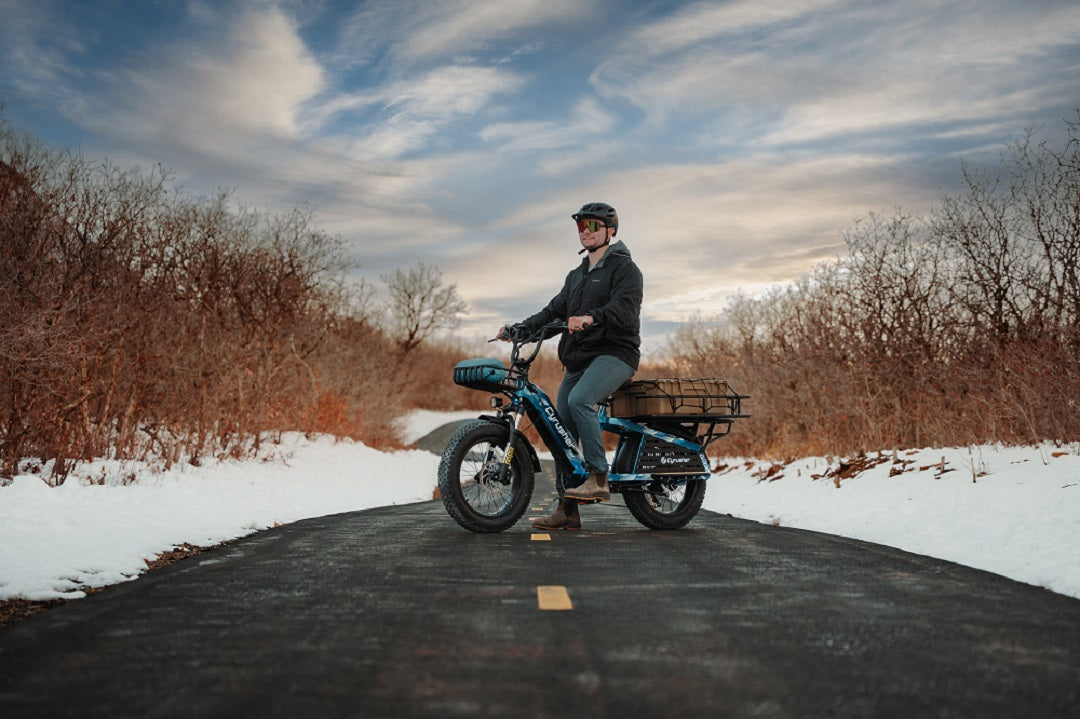
Share:
Expert Tips for Resolving Common Ebike Problems
Cyrusher Kommoda Redefining Comfort for a Professional Race Team Manager